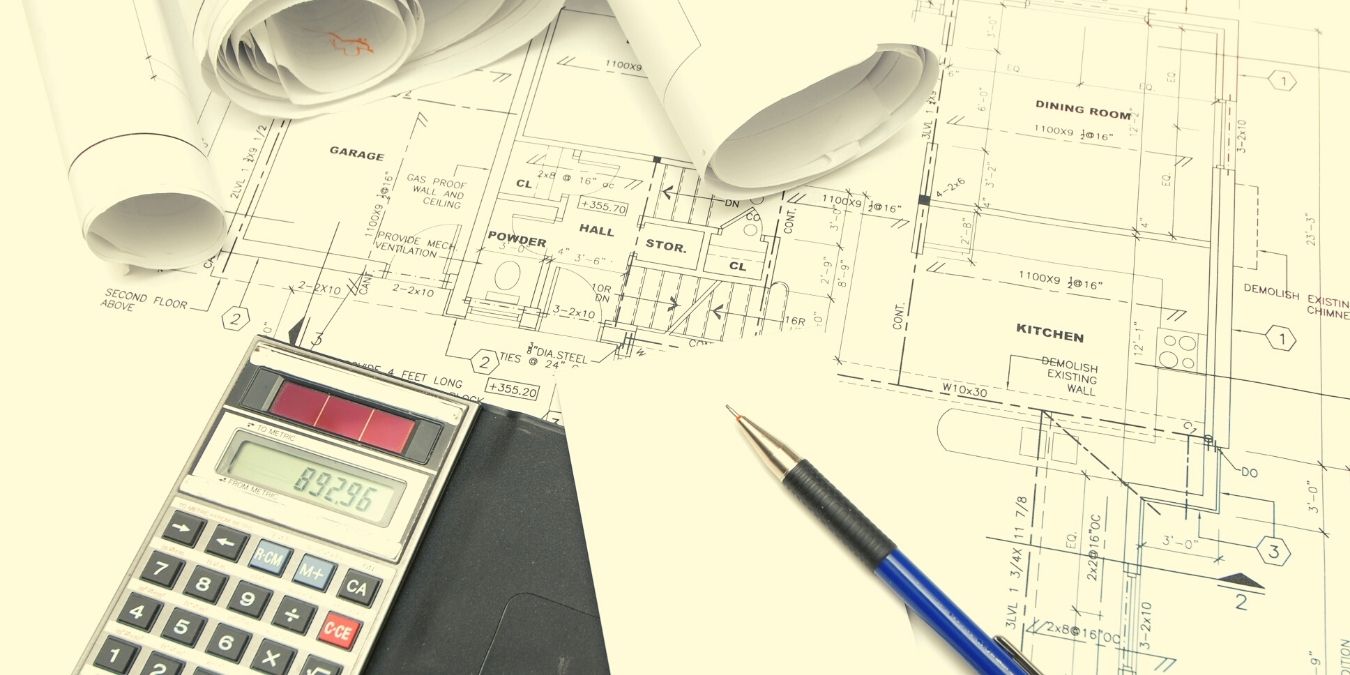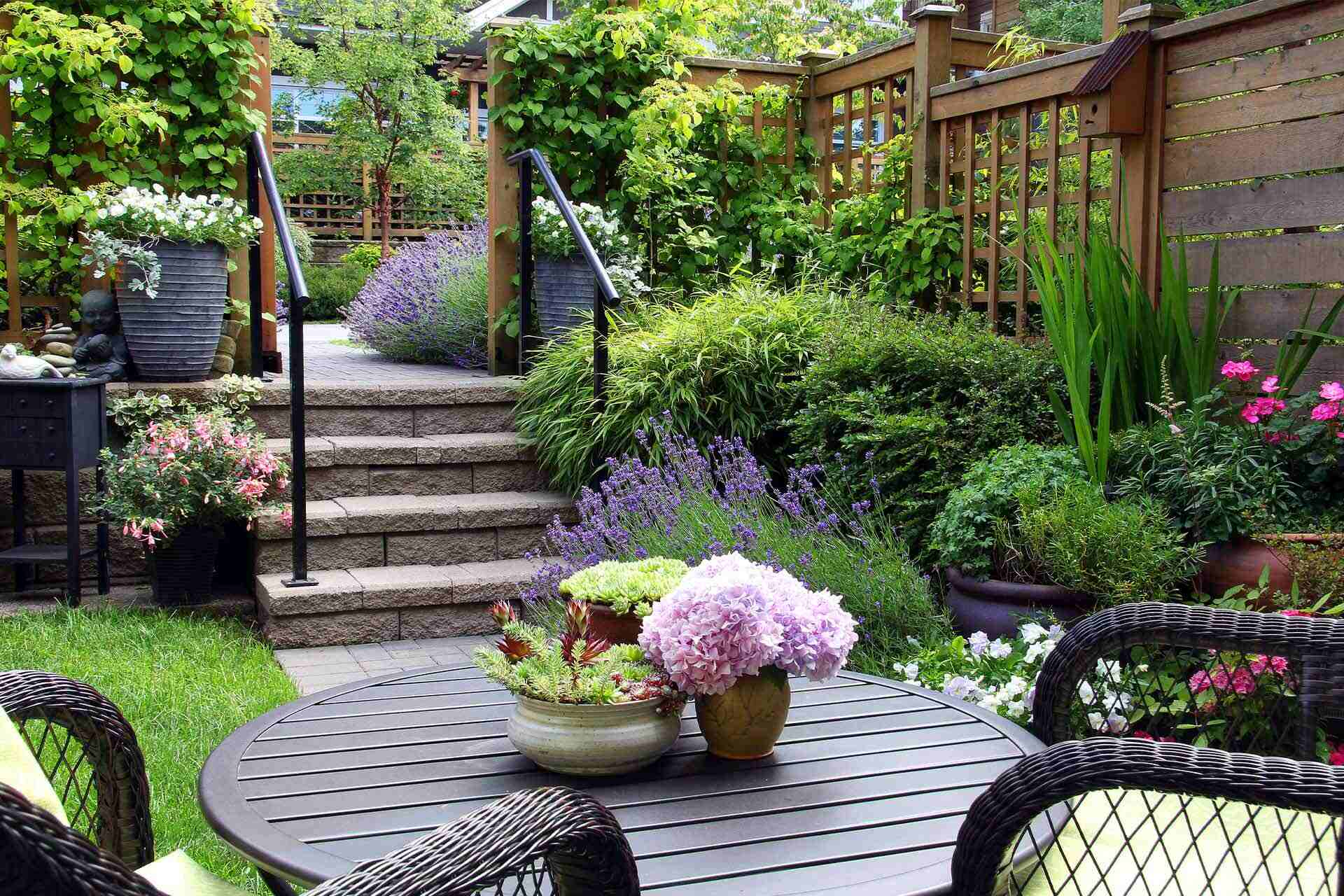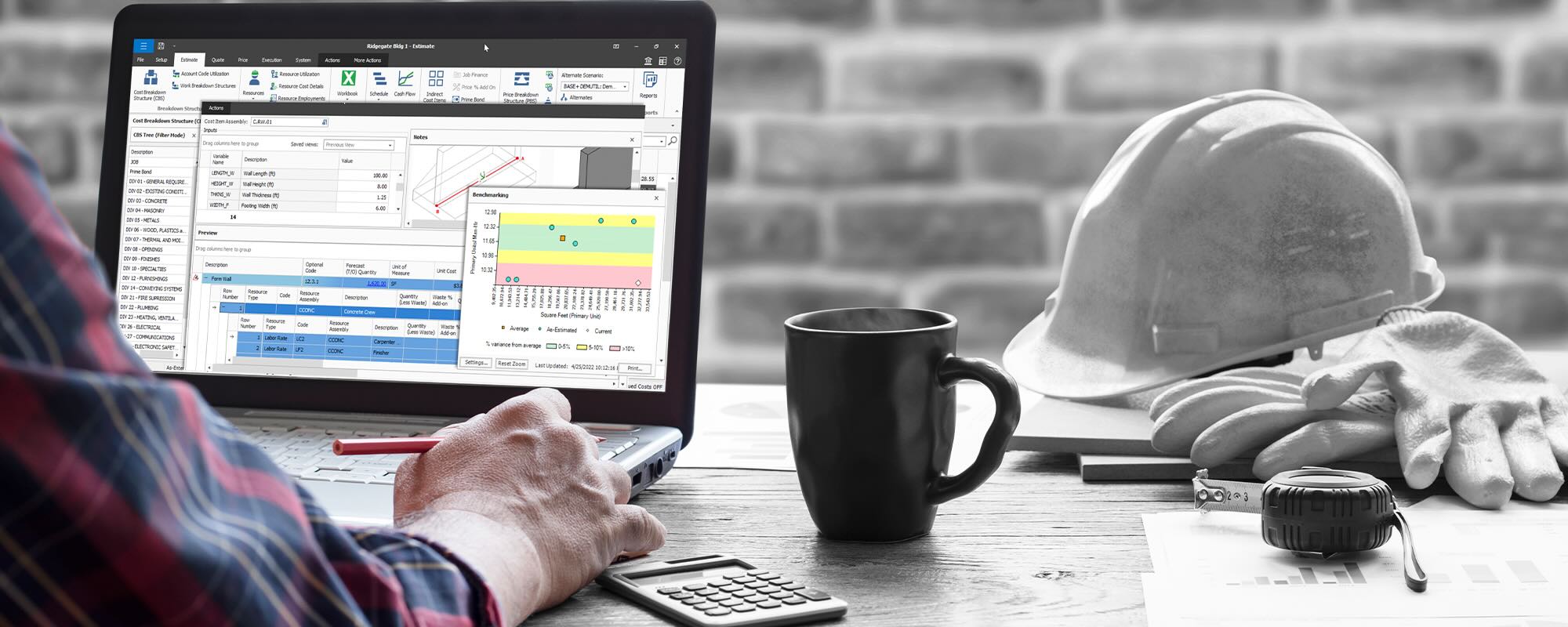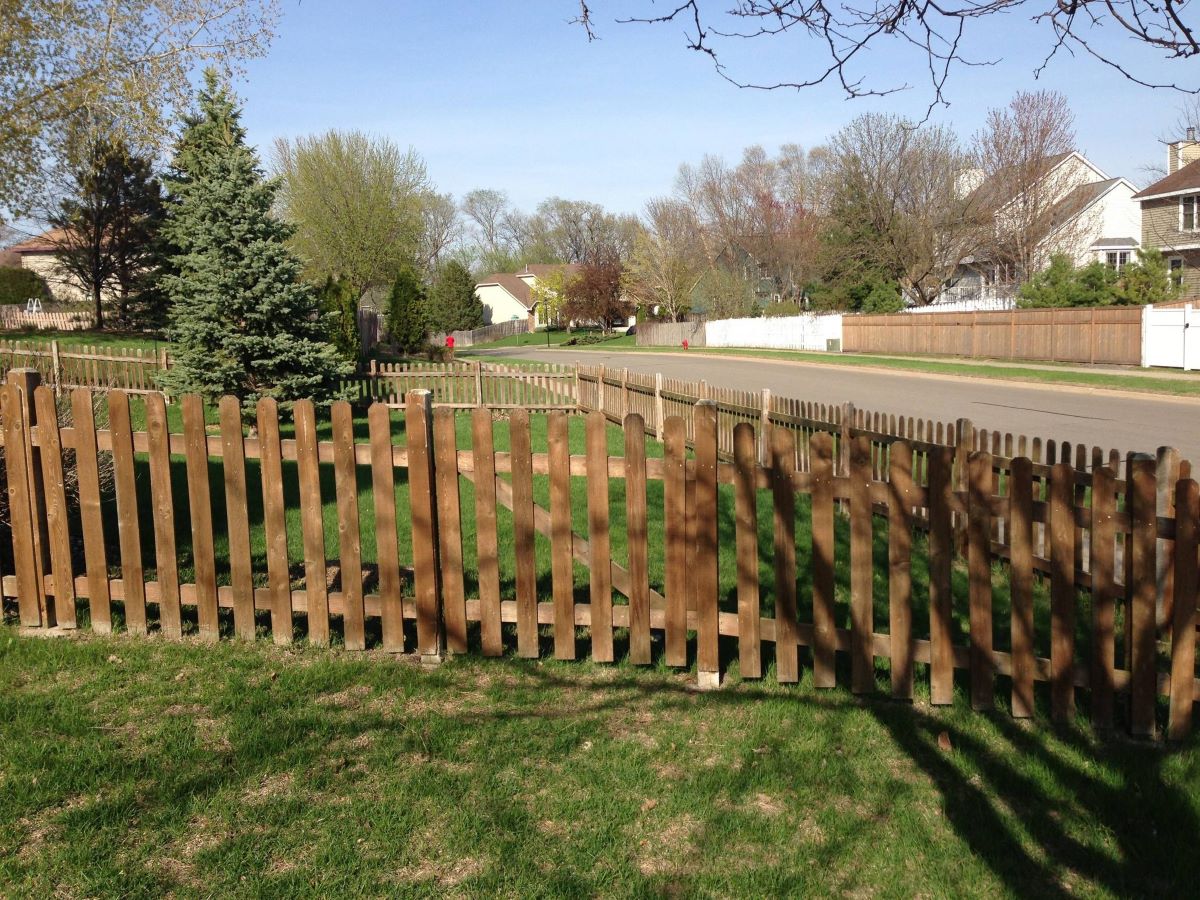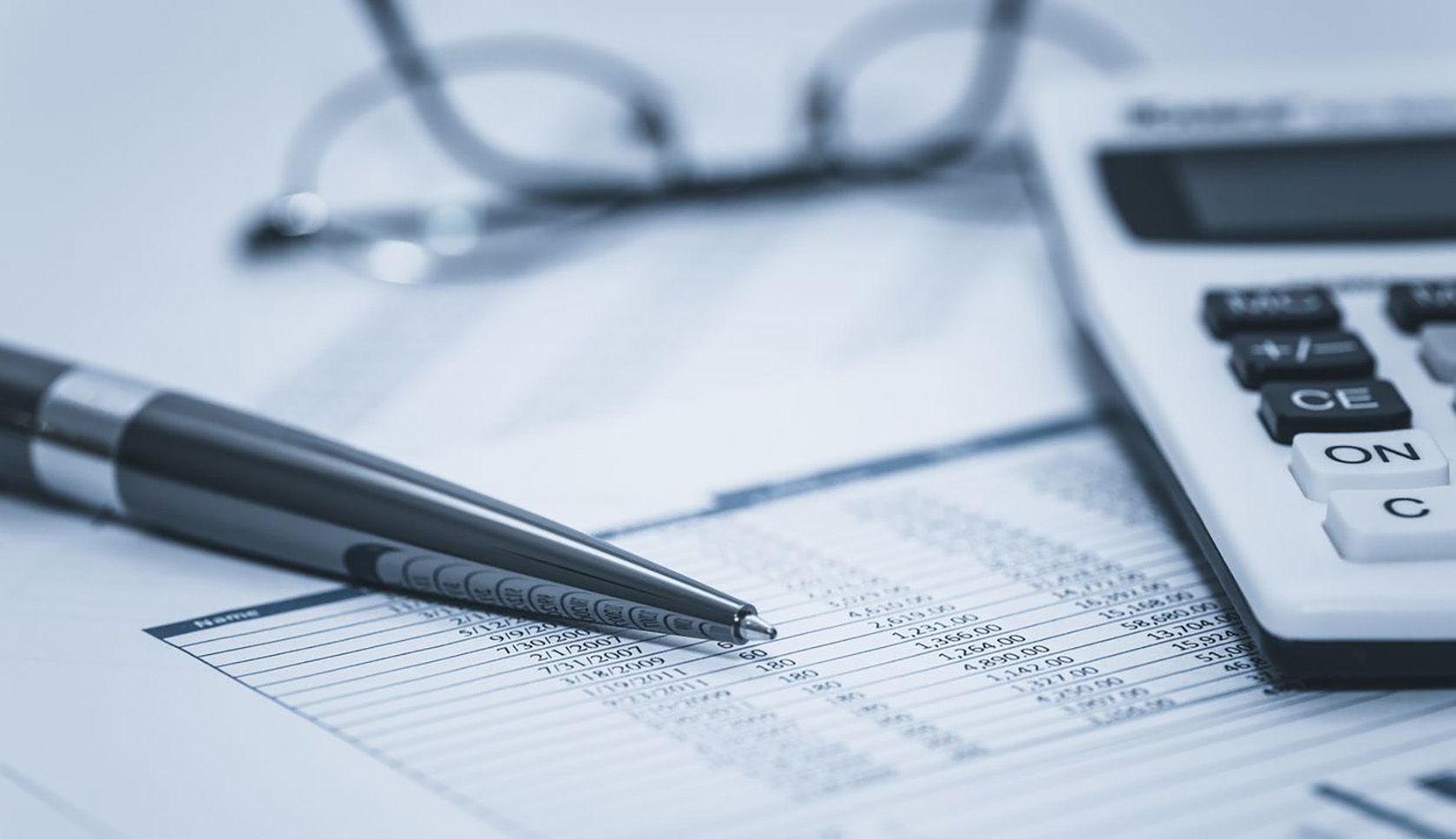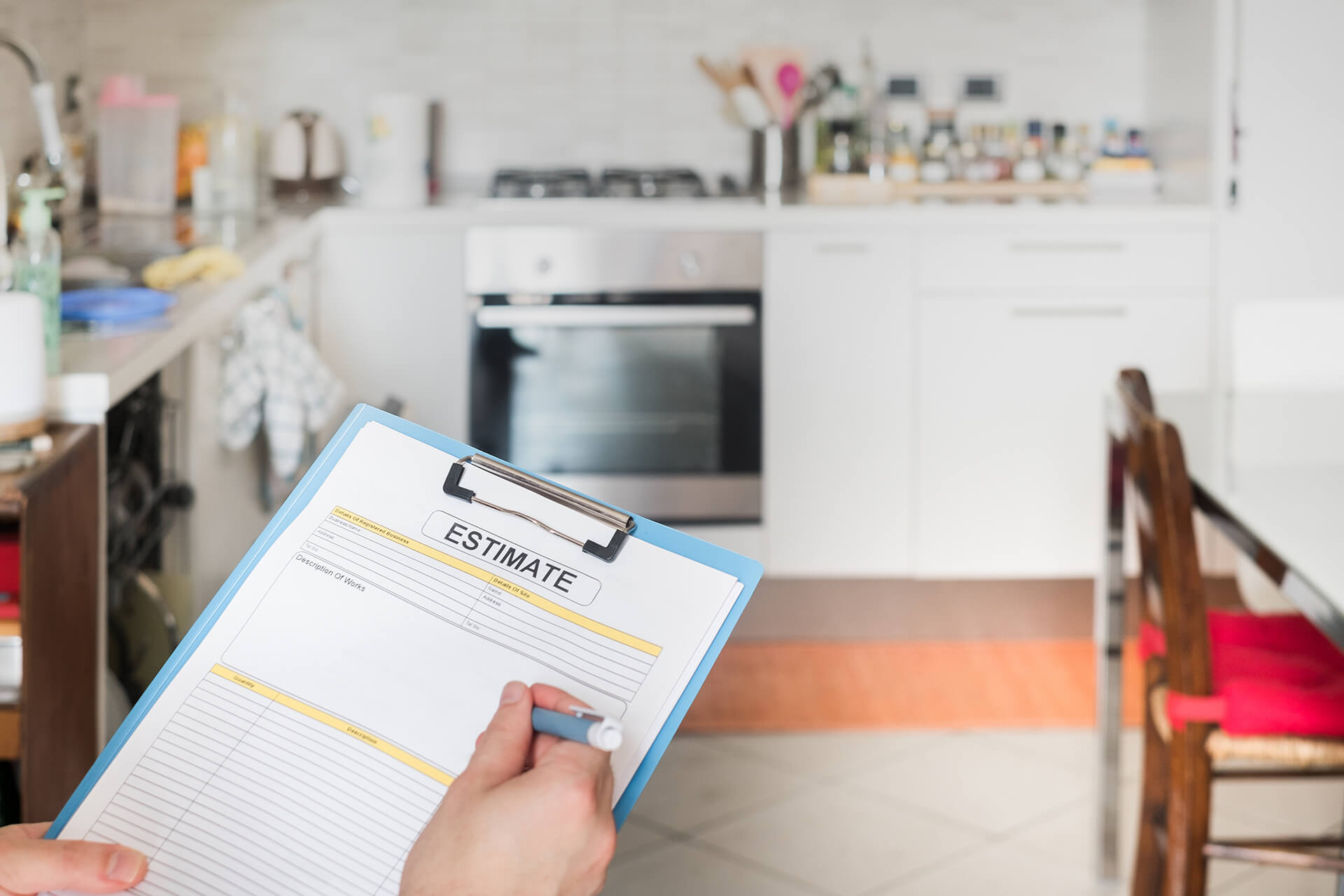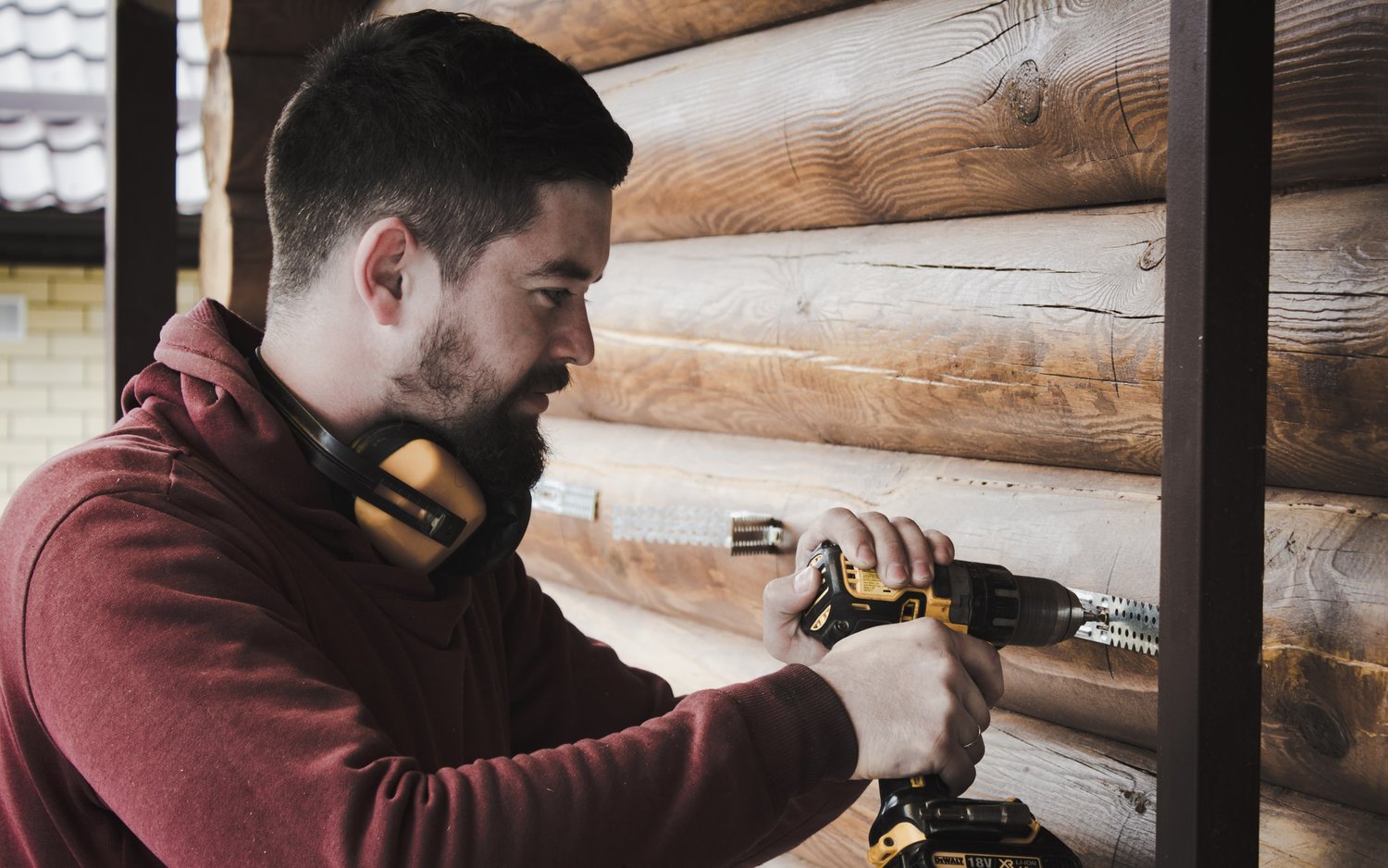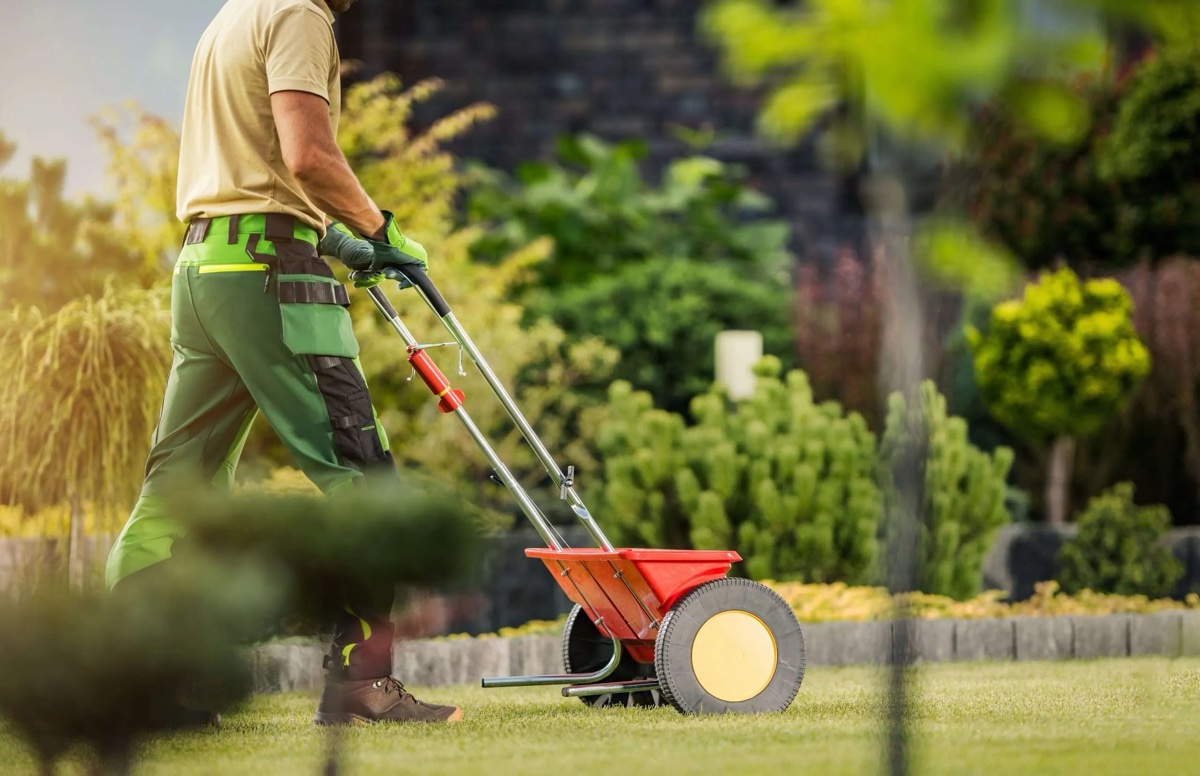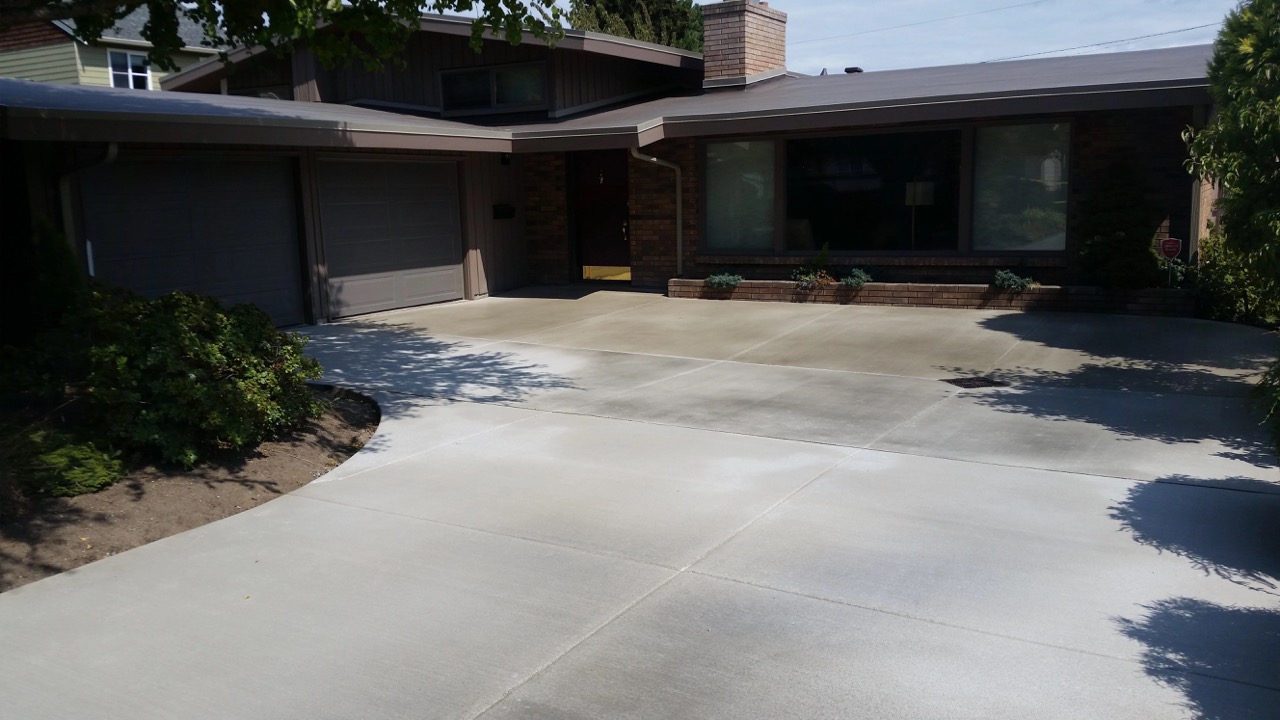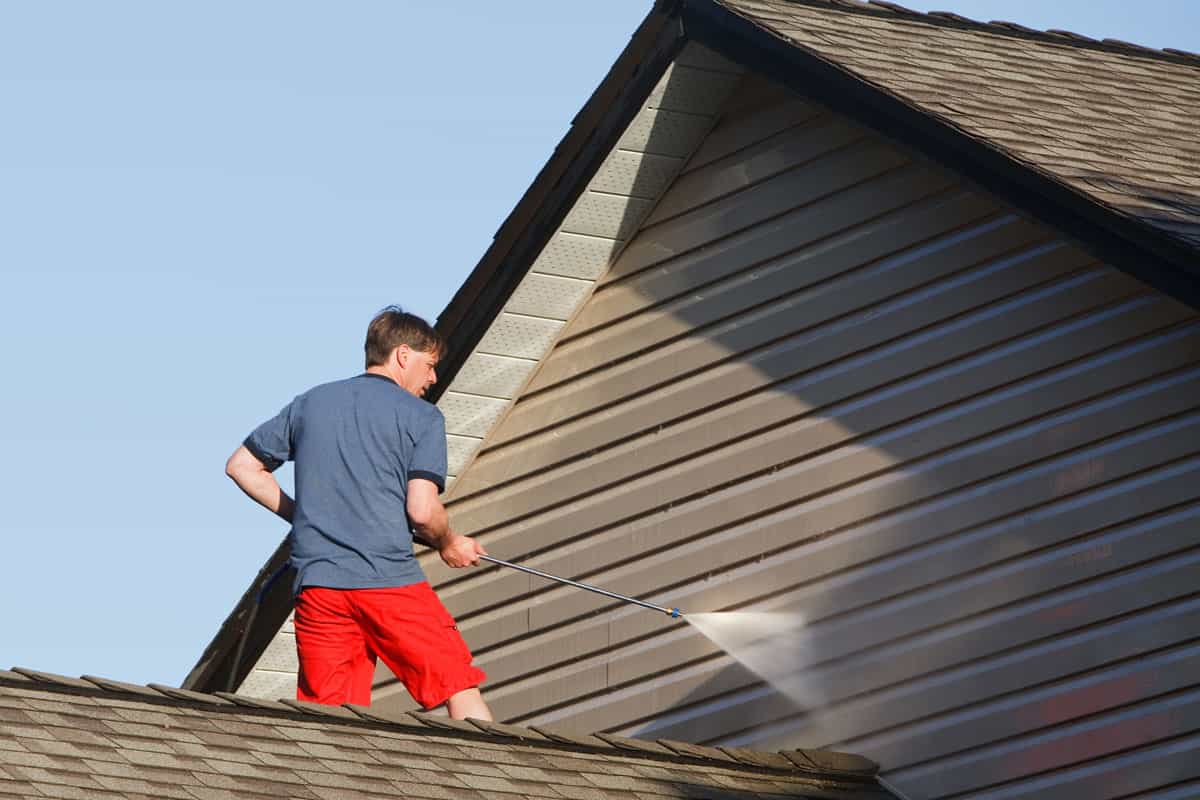Home>Home Maintenance>How Much To Estimate For Home Maintenance
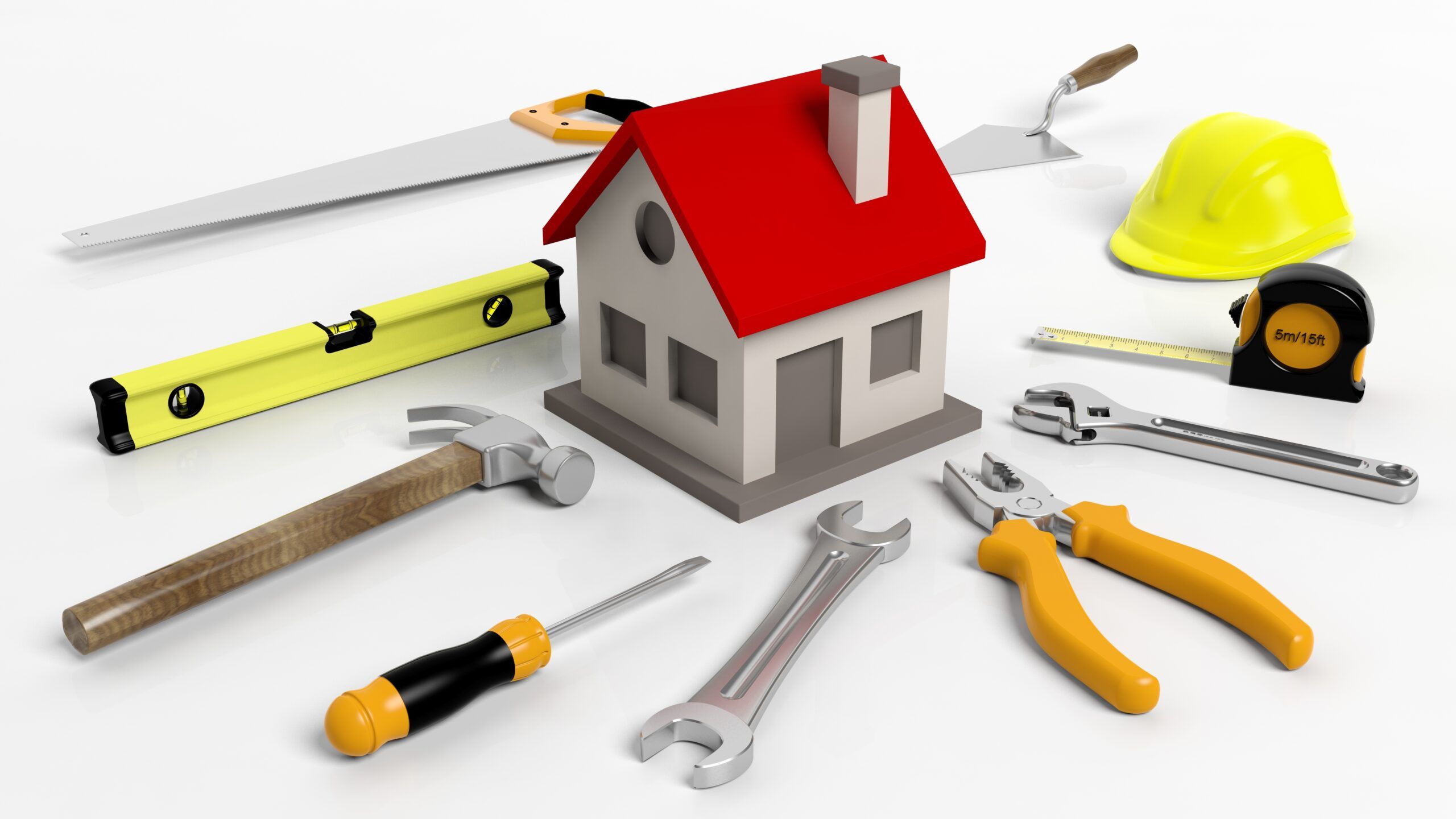

Home Maintenance
How Much To Estimate For Home Maintenance
Modified: March 6, 2024
Looking to estimate the costs of home maintenance? Discover how much you should budget for essential repairs and upkeep with our comprehensive guide on home maintenance costs.
(Many of the links in this article redirect to a specific reviewed product. Your purchase of these products through affiliate links helps to generate commission for Storables.com, at no extra cost. Learn more)
Introduction
Welcome to the world of home maintenance! Whether you’re a new homeowner or have been in your house for years, one thing is for certain – maintaining your home is essential for its longevity and your peace of mind. From small repairs to major renovations, being prepared for the costs of home maintenance is crucial.
In this article, we’ll delve into the importance of estimating home maintenance costs and provide you with valuable insights on how to do so effectively. By understanding the factors that influence home maintenance expenses and learning some common cost estimates, you’ll be better equipped to budget for the upkeep of your home.
So, let’s roll up our sleeves and dive into the world of home maintenance cost estimation!
Key Takeaways:
- Budgeting for home maintenance is crucial for preventing financial stress and handling unexpected repairs, ensuring a safe and comfortable living environment for you and your loved ones.
- Long-term planning for home maintenance, including creating a maintenance calendar and staying informed about energy-efficient solutions, can save you time, money, and stress in the future.
Read more: How Much Does A Construction Estimator Make
Importance of Estimating Home Maintenance Costs
Estimating home maintenance costs is not just about crunching numbers – it’s about being prepared for the unexpected and ensuring the long-term wellbeing of your home. Here are a few reasons why estimating home maintenance costs is so important:
- Budgeting: By estimating home maintenance costs, you can create a realistic budget that allows you to set aside funds specifically for maintenance expenses. This helps prevent financial stress and allows you to plan for both routine repairs and unexpected emergencies.
- Preventive Maintenance: Regular maintenance is crucial in keeping your home in top shape and preventing major issues from arising. By estimating the costs, you can schedule routine inspections, cleanings, and repairs, ensuring that your home remains in good condition and avoiding more costly repairs down the line.
- Peace of Mind: Knowing that you have the financial resources to handle maintenance issues gives you peace of mind. It relieves the stress of worrying about how you will afford unexpected repairs and allows you to focus on enjoying your home.
- Maximizing Home Value: Ongoing maintenance helps maintain and even increase the value of your home. By regularly investing in necessary repairs and upgrades, you can enhance the marketability and potential resale value of your property.
- Planning for Renovations: If you have long-term plans to renovate or upgrade your home, estimating maintenance costs is essential. It helps you allocate funds for future projects and ensures that you’re financially prepared for the improvements you envision.
Estimating home maintenance costs sets you up for success as a responsible homeowner. By planning and budgeting for maintenance expenses, you can avoid costly surprises, preserve the value of your home, and enjoy peace of mind.
Factors to Consider when Estimating Home Maintenance Expenses
Estimating home maintenance expenses requires taking several factors into consideration. By understanding these factors, you can develop a more accurate estimate of the costs involved. Here are some important factors to consider:
- Age of the Home: Older homes often require more maintenance and repairs due to wear and tear over the years. Consider the age of your home when estimating maintenance costs, as older properties may require more frequent and extensive repairs.
- Size of the Home: The size of your home directly impacts the maintenance costs. A larger home typically requires more materials, labor, and time for repairs and upkeep. Take into account the square footage, number of rooms, and any additional structures (such as a garage or pool) when estimating expenses.
- Location: The location of your home can influence maintenance costs. Factors such as climate, environmental conditions, and regional pricing variations can all impact the types and frequency of repairs needed, as well as the overall cost of materials and labor in your area.
- Quality of Construction: The quality of construction and materials used in your home can affect maintenance costs. A well-built home with high-quality materials may require fewer repairs in the long run, while a lower-quality construction may lead to more frequent upkeep and higher costs.
- Home Systems and Appliances: Consider the age and condition of your home’s systems and appliances when estimating maintenance expenses. Heating and cooling systems, electrical wiring, plumbing, and kitchen appliances may require regular maintenance or eventual replacement, contributing to your overall costs.
- Regular Maintenance: Regular maintenance is essential for preventing major issues and minimizing costs. Factors such as landscaping, gutter cleaning, pest control, and regular inspections should be factored into your maintenance expense estimate.
- Emergency Repairs: Unexpected emergencies can happen at any time, so it’s important to allocate funds for unforeseen repairs. These can include roof leaks, plumbing issues, electrical problems, or storm damage. Build a buffer in your budget to handle these unexpected expenses.
- DIY vs. Professional: Consider whether you will be able to handle some maintenance tasks yourself or if you will need to hire professionals. Depending on your skills and availability, you may need to allocate funds for professional assistance in certain areas.
By considering these factors, you can develop a more accurate estimate of your home maintenance expenses. Remember that each home is unique, so it’s important to personalize your estimate based on your specific circumstances.
Common Home Maintenance Cost Estimates
Estimating home maintenance costs can feel overwhelming, but knowing common cost estimates for various maintenance tasks can help you plan and budget more effectively. Here are some common home maintenance expenses to consider:
- Roof Repairs: Roof repairs can vary greatly depending on the size, type, and extent of the damage. Minor repairs, such as fixing a few damaged shingles, may cost a few hundred dollars. However, more extensive repairs, such as a roof replacement, can range from several thousand to tens of thousands of dollars.
- Painting: Painting the exterior or interior of your home is a great way to freshen up its appearance. The cost will depend on the size of your home and the quality of paint you choose. Expect to spend a few hundred to a few thousand dollars for professional painting services.
- HVAC Maintenance: Regular maintenance of your heating, ventilation, and air conditioning (HVAC) system is important for optimal performance. Annual inspections, filter replacements, and routine services may cost a few hundred dollars per year.
- Plumbing Repairs: Plumbing repairs can range from simple fixes like replacing a faucet or fixing a leaky pipe, which may cost a couple hundred dollars, to more complex issues like sewer line replacements, which can run into several thousand dollars.
- Electrical Upgrades: Upgrading electrical systems to meet code requirements or installing new light fixtures can range from a few hundred to several thousand dollars, depending on the complexity of the project.
- Window and Door Maintenance: Repairing or replacing windows and doors may involve costs for materials and professional installation. Prices will vary based on the type and size of the windows or doors, but expect to spend a few hundred to a few thousand dollars per window or door.
- Landscaping and Yard Maintenance: Regular landscaping and yard maintenance, including lawn care, tree trimming, and gutter cleaning, can range from a few hundred to a few thousand dollars per year, depending on the size of your property and the complexity of the landscaping tasks.
- Appliance Replacements: Appliances, such as refrigerators, dishwashers, or washing machines, can require replacement after a certain number of years. Depending on the appliance, expect to spend a few hundred to several thousand dollars for a new one.
Remember, these estimates are just general guidelines and can vary depending on factors such as location, labor costs, and the specific needs of your home. It’s always a good idea to gather multiple quotes, research local pricing, and consult with professionals to get the most accurate estimate for your individual circumstances.
It’s recommended to budget 1-3% of your home’s value for annual maintenance. For example, if your home is worth $300,000, budget $3,000-$9,000 per year.
Dealing with Unexpected Home Repairs
Home repairs often come unannounced, and dealing with unexpected expenses can be stressful. However, with a proactive mindset and a plan in place, you can navigate these situations more effectively. Here are some tips for dealing with unexpected home repairs:
- Build an Emergency Fund: It’s wise to have an emergency fund specifically earmarked for home repairs. Aim to save at least 3-6 months’ worth of living expenses in this fund to handle unexpected repairs without straining your budget.
- Get Multiple Quotes: When faced with a repair or maintenance issue, don’t hesitate to get multiple quotes from different contractors or service providers. This will help you compare prices, evaluate the scope of work, and ensure you’re getting the best value for your money.
- Prioritize and Budget: When unexpected repairs arise, it’s essential to prioritize them based on their urgency and impact on your daily life. Assess the severity of the issue and allocate your resources accordingly, adjusting your budget as needed.
- Consider DIY Solutions: Depending on your skills and the nature of the repair, you may be able to tackle some tasks on your own. Performing minor repairs or maintenance tasks yourself can save you money and provide a sense of accomplishment. However, be realistic about your capabilities and consult professionals for more complex issues.
- Research Warranty Coverage: If the repair involves a recently installed appliance, fixture, or system, check if it’s still under warranty. Warranty coverage can often save you from bearing the full cost of repairs or replacements, so take advantage of any guarantees or warranties that may apply.
- Explore Financing Options: For major unexpected repairs that exceed your emergency fund or available cash, consider exploring financing options such as home equity loans or personal loans. Carefully assess the interest rates and terms to ensure you can comfortably repay the borrowed funds.
- Maintain a Regular Maintenance Schedule: Regular maintenance can help prevent unexpected repairs by identifying and addressing issues early on. Schedule routine inspections, carry out necessary maintenance tasks, and keep detailed records of repairs and services performed, which can help you anticipate future maintenance needs.
Remember, unexpected home repairs are part of homeownership, but with preparation, research, and a calm approach, you can navigate these situations and minimize the impact on your budget and peace of mind.
Read more: How To Estimate Plumbing Costs
Long-Term Planning for Home Maintenance
Long-term planning for home maintenance is a proactive approach that can save you time, money, and stress in the future. By implementing a strategic plan, you can ensure the longevity of your home and minimize the risk of major issues arising. Here are some steps to consider when creating a long-term maintenance plan:
- Create a Maintenance Calendar: Develop a calendar or schedule to keep track of routine maintenance tasks and inspections. This can include regular gutter cleanings, HVAC servicing, pest control, and other recurring maintenance needs. Set reminders to ensure these tasks are completed on time.
- Document and Organize: Keep detailed records of all repairs, renovations, and inspections. This documentation will help you track the maintenance history of your home, identify patterns or recurring issues, and provide valuable information for future maintenance planning.
- Anticipate Major Upgrades: Consider any upgrades or renovations you plan to undertake in the future. Keep a list of desired improvements and estimate the costs involved. Incorporate these potential projects into your long-term maintenance plan, allocating funds over time to make these upgrades more manageable.
- Research and Stay Informed: Stay educated about the current condition of your home, the latest building codes, and any new technologies or products that could benefit your property. Regularly research best practices and seek advice from professionals to ensure your long-term plan remains up-to-date.
- Consider Energy Efficiency: Long-term planning should include measures to improve energy efficiency in your home. This can reduce utility costs and minimize the environmental impact of your property. Research and implement energy-efficient solutions such as insulation upgrades, smart thermostats, and energy-efficient appliances.
- Consult with Professionals: Engage the services of qualified professionals for inspections and maintenance tasks that require specialized expertise. Regularly schedule inspections with professionals such as plumbers, electricians, and HVAC technicians to detect any potential issues early on and address them promptly.
- Review and Update: Periodically review your long-term maintenance plan and update it as needed. As your home ages and your circumstances change, adjustments may be necessary. Regularly reassess your budget, prioritize tasks, and make changes accordingly to ensure your plan remains effective.
Long-term planning for home maintenance is an ongoing process that requires attention and adjustment. By taking a proactive approach and incorporating these steps into your routine, you can extend the lifespan of your home, save money on repairs, and maintain a comfortable, safe, and well-functioning living space.
Conclusion
Properly estimating and planning for home maintenance costs is essential for every homeowner. By taking the time to understand the importance of estimating home maintenance expenses, considering relevant factors, and learning about common cost estimates, you can better prepare yourself for the financial responsibilities that come with maintaining a home.
Dealing with unexpected repairs can be challenging, but with a proactive mindset and a plan in place, you can navigate these situations more effectively. Building an emergency fund, getting multiple quotes, and considering DIY options can help you handle unexpected repairs without breaking the bank.
Long-term planning for home maintenance is crucial for the longevity of your property. By creating a maintenance calendar, documenting repairs and upgrades, researching best practices, and staying informed about new technologies and energy-efficient solutions, you can ensure that your home remains in top condition for years to come.
Remember, home maintenance is an ongoing process, and budgets, priorities, and circumstances can change over time. Regularly review and update your maintenance plan to adapt to your evolving needs and ensure that your home remains a haven of comfort and security.
So embrace the responsibility of homeownership, plan for home maintenance costs, and enjoy the peace of mind that comes with knowing your home is well taken care of. A well-maintained home not only provides a safe and comfortable living environment for you and your loved ones but also protects the value of your investment for the future.
Frequently Asked Questions about How Much To Estimate For Home Maintenance
Was this page helpful?
At Storables.com, we guarantee accurate and reliable information. Our content, validated by Expert Board Contributors, is crafted following stringent Editorial Policies. We're committed to providing you with well-researched, expert-backed insights for all your informational needs.

